Bonhams to offer the collection of Drs. Edmund and Julie Lewis
Lot 521. A Rare and Important Gilt Bronze Figure of Chijang Bosal (Ksitigarbha), Goryeo dynasty (918-1392), 13th-14th century. Estimate: $800,000-1,200,000 (€ 720,000 - 1,100,000). Photo: Bonhams.
NEW YORK, NY.- On September 11, Bonhams will present the sale of The Collection of Drs. Edmund and Julie Lewis, which is highlighted by a rare and important gilt bronze figure of Chijang Bosal (Ksitigarbha), Goryeo dynasty (918-1392), 13th/14th century (estimate: $800,000-1,200,000). The collection of 115 lots also includes fine Japanese lacquer boxes, Buddhist sculptures, inro, ceramics and contemporary Japanese art.
At auction for the first time, this important sculpture of Chijang Bosal (Ksitigarbha) was on the cover of Orientations magazine in 2003. It was also exhibited at the Asian Art Museum, San Francisco and published in their exhibition catalogue, Goryeo Dynasty, Korea’s Age of Enlightenment, 918-1392 in 2003. Sculptural representations of Ksitigarbha are commonly found in Japanese art but are extremely rare in Korea; only one other Goryeo-dynasty Korean bronze figure of the deity is known in a Japanese private collection.
Lot 521. A Rare and Important Gilt Bronze Figure of Chijang Bosal (Ksitigarbha), Goryeo dynasty (918-1392), 13th-14th century; 20 7/8in (53cm) high (figure only). Estimate: $800,000-1,200,000 (€ 720,000 - 1,100,000). Photo: Bonhams.
The compassionate bodhisattva shown in the guise of a monk, seated cross-legged in meditation and dressed in flowing robes open at the chest, a long cowl covering the head gathered at the back and secured with a band, the right hand raised with the thumb and middle finger joined in a mudra of teaching and the left hand holding a chintamani (wish-granting jewel or pearl), the urna of inlaid amber, traces of gilding over black lacquer; set on a later fitted wood stand.
Exhibited and Published: Kumja Paik Kim, Goryeo Dynasty: Korea's Age of Enlightenment, Asian Art Museum of San Francisco-Chong-Moon Lee Center for Asian Art and Culture, in cooperation with the National Museum of Korea and Nara National Museum, 2003, exhibition catalogue, October 18, 2003 - January 11, 2004.
Published: Stephen Little, "A Korean Gilt-Bronze Sculpture of Kshitigarbha Bodhisattva," Orientations, September 2003, pp.52-56.
Note: As noted by Stephen Little in the article referred to above, Ksitigarbha's reputation as a savior of deceased children and of tortured souls in the underworld led to his great popularity throughout East Asia, where the earliest extant images of the deity are to be found at the seventh-century Longmen cave complex in China's Henan Province; he is also depicted in paintings of the Five Dynasties period (late ninth-early tenth century), originally preserved at Dunhuang and now in museums in Paris and Kyoto. The Dunhuang paintings represent the deity as a monk and we see him in the same guise in the present lot, with elaborate bracelets, necklace, and a string of jewels suggesting his divine status. When the bodhisattva is shown as the principal figure at the center of a group of attendant deities in Goryeo-dynasty Korean paintings (themselves based on Chinese prototypes), he shares several features in common with the Lewis Collection Chijang Bosal, including the squarish face and upper body as well as similar cowl, urna, cape and jewels; in later Korean versions, whether paintings or sculptures, the cowl and other features are no longer present.
Sculptural representations of Ksitigarbha are commonly found in Japanese art but are extremely rare in Korea; only one other Goryeo-dynasty Korean bronze figure of the deity is known, a smaller and less ambitious work in a Japanese private collection.
Jeff Olson, Bonhams Director of Japanese and Korean Art, commented: “Drs. Edmund and Julie Lewis have studied and collected fine examples of works from all across Asia and we are honored to offer select highlights from their collection of Japanese and Korean art as Part One of the Lewis Collection to be sold at Bonhams. We are particularly delighted to bring this rare Korean Buddhist sculpture to auction for the first time.”
Drs. Edmund and Julie Lewis
Known for their keen scholarship and high aesthetic standards, for the past three decades Ed and Julie have focused on collecting lacquer art, painting and Buddhist sculpture from Japan. Both physicians and internationally recognized as renown experts in nephrology, they hold positions as tenured professors at Rush Medical College in Chicago and Vanderbilt University in Nashville, Tennessee, respectively. They met professionally and later married in 1997, and have since continued to collect Japanese art together, actively seeking the best they could find from the finest dealers in the field. As they traveled widely their desire to collect Buddhist art grew, and they have expanded their collection to include important Pan-religious sculpture from Greater Asia.
Additional highlights in the sale include:
Lot 616. Morita Shiryu (1912-1998), Ryu chi ryu (Dragon knows dragon). Large four-panel screen with three characters brushed in aluminum flake pigment in polyvinyl acetate medium and yellow alkyd varnish on paper. Artist's certificate on reverse titled Ryu wa ryu o shiru (Dragon knows dragon), signed Morita Shiryu, sealed Sei no in and dated 1967.; 44 1/2 x 88 3/16in (113 x 224cm). Estimate: $60,000 - 80,000 (€ 54,000 - 72,000). Sold for $187,575. Photo: Bonhams.
Provenance: Previously sold, Butterfield and Butterfield, San Francisco, November 16-17, 1994, lot 2314.
Note: Inspired by an elementary-school teacher to assume the name Shiryu, literally "Child Dragon," Morita used the three characters seen on this lot as the subject for the first major calligraphy he exhibited overseas, at the fifth São Paulo Bienal in 1959, and would continue to produce variations on this theme for much of the rest of his career, often in characters that are so barely readable as to resemble contemporary Western works of abstract art. Each calligraphy was a personal expression of Morita's commitment to the Buddhist principle of self-knowledge, as well as an assertion of his dragon-like artistic ability.
Lot 572. Fukami Sueharu (1947-), Kei (Landscape II), Heisei era (1989-2019), 2000. Pressure-slip-cast porcelain with pale blue glaze, on a granite base, incised underglaze signature S. Fukami 6/8; 65 1/4in (165.7cm) high (sculpture only), 71 1/4in (180.9cm) high overall. Estimate: $50,000 - 70,000 (€ 45,000 - 63,000). Photo: Bonhams.
Provenance: Purchased Japonesque, Inc., San Francisco, March 5, 2003.
This sculpture is number six from an edition of eight.
Note: Born into an artisan family that owned and operated a factory producing porcelain tablewares, from an early age Fukami Sueharu learned the importance of pursuing the highest standards in the selection of his materials, the thoroughness of his preparations, and the quality of his finished work. In his late twenties he started to specialize in his trademark combination of porcelain with a luminous seihaku (bluish-white) glaze inspired by wares made at the Jingdezhen kiln complex in China's Jiangxi Province during the eleventh century, and from 1980 he started to explore the potential of high-pressure slip casting, which he employs to create large-scale works such as the present lot. By injecting liquid clay into a plaster mold under high pressure, using techniques whose details remain a closely guarded secret, he minimizes the risk of the finished work distorting during the firing process. Now a ceramic superstar, Fukami Sueharu is widely honored both in Japan and throughout the world for his serene, crisply modeled sculptures that are on view in major public collections of Japanese art across the United States and beyond. His mature abstract style embodies a contemporary global vision, yet also reflects a traditional Japanese disregard for the time and effort required to produce works of flawless beauty.
Lot 541. A large wood figure of Tamonten (Kubera), Heian period (794-1185), 12th century; 38in (96.5cm) high, figure only, 40 1/8in (102cm) high overall. Estimate: $25,000 - 35,000 (€ 23,000 - 32,000). Photo: Bonhams.
The head and torso carved from a single block of wood, the figure shown in a contrapposto stance dressed in Chinese-style armor and holding a pagoda and spear, with traces of gesso, standing on a subdued demon.
Provenance: Purchased from Hiroshi Yanagi Oriental Art, Kyoto, 2010.
Note: Tamonten, literally "The heavenly king who hears much," is the most potent of the Shitenno (Four Heavenly Kings) and the only one to be included, in more recent centuries, in the popular grouping of Shichifukujin (The Seven Gods of Good Fortune). He is nearly always identifiable by a pagoda in his left hand from which he bestows teachings and treasures upon the worthy, and a spear in his right hand which guards against distraction and deviation from the Buddhist law. For a related eleventh-century example, made like the present lot from a single block of wood in the ichibokuzukuri technique and with similarly dramatic yet uncomplicated carving and modeling, compare an example in Nara National Museum, https://www.narahaku.go.jp/collection/1138-0.html, inv. no Cho (Sculpture) 104; also published in Nara National Museum, Nara Kokuritsu Hakubutsukan zohin zuhan mokoroku (Illustrated Catalogues of Nara National Museum), 1999, p.108.
Lot 529. A matching suzuribako (writing box) and ryoshibako (document box), Edo period (1615-1868) or Meiji era (1868-1912), 19th century. Suzuribako 10 3/8 x 9 1/2 x 2in (26.4 x 24.2 x 5cm), ryoshibako 16 3/4 x 13 5/8 x 5 7/8in ( (42.8 x 34.9 x 15.3cm). Estimate: $25,000 - 40,000 (€ 23,000 - 36,000). Photo: Bonhams.
Each decorated in several shades of gold and silver takamaki-e, uchikomi and kirikane on a nashiji ground, the suzuribako decorated with cranes in a mountainous landscape, the interior with scenes of blossoming cherry trees on Mount Yoshino and maple tres and cottages by the Tatsuta River, fitted with a silver water dropper cast as a raft, and a paper knife, a paper-pricker, and two writing brushes, the ryoshibako with landscape featuring a crashing waterfall, pine, plum and bamboo, and cranes and a bushy-tailed tortoise, the interior with a further design of cherry blossoms on Mount Yoshino. With lacquered wood tomobako storage boxes.
Provenance: Purchased from Grace Tsumugi Fine Art Ltd., London, 2012.
Note: The imagery on this sumptuously decorated set of boxes combines traditional propitious New-Year's subjects—cranes, a bushy-tailed tortoise, and the "Three Friends" grouping of pine, bamboo and plum that thrive simultaneously at winter's end—with two of the most renowned seasonal landscapes in Japan's ancient capital region: the cherry-blossom-clad Yoshino Hills (south of Kyoto) in spring, and the rich red foliage of maples by the Tatsuta River (near Nara) in the fall. Celebrated in verse since the seventh century, the flowering cherry trees of Yoshino became a favored subject for elite pictorial art in sixteenth-century screen pairs, animated by a literary conceit that the white blossoms might easily be mistaken for snowflakes; somewhat later, screen pairs featuring contrasting scenes from Yoshino and Tatsuta also became a popular production of the Kano-academy painting ateliers. The present lot, most likely dating from the years between about 1860 and 1880, gives the lie to the myth, propagated shortly afterwards by American and Japanese thought leaders, that lacquer art underwent a catastrophic decline at the end of the Edo period; demonstrating as it does a mastery of a wide range of sophisticated techniques, along with a playful melding of traditional Kyoto and more contemporary Edo/Tokyo auspicious themes.
Lot 591. Shibata Zeshin (1807-1891), A tobacco tray with a bird-shaped kite, Meiji era (1868-1912), circa 1870-1890; 13/4 × 11 1/4 × 9 in (4.5 × 28.5 × 22.9 cm). Estimate: $20,000 - 30,000 (€ 18,000 - 27,000). Photo: Bonhams.
The deep tray with curved corners, and slightly recessed interior with indented corners, the wood body entirely covered in almost black chado-nuri finished to an ishime-nuritexture, the interior decorated in highly polished low black takamaki-e with a kite in the form of a crow viewed from below and upside-down (as indicated by the location of the signature on the base), details of the feet and eyes in silver lacquer, the kite string and its ties depicted in gold hiramaki-e partly incised in subori technique to indicate the individual twisted threads, the string extending over the top side and the base to the long-handled itomaki (winder) depicted on the side, its wood and bamboo components rendered in takamaki-e of gold, shibuichi, and shakudo powder incised in subori technique with wood grain, signed on the underside Zeshin in gold hiramaki-e.
With a wood tomobako storage box with label inscribed Tako maki-e tabako-bon Zeshin saku (Maki-e tobacco tray by Zeshin) and letter of authentication from Shoji Hoshin (1898–1993), reading Zeshin-o saku tako maki-e seidoji tabako-bon shinsaku mugi mono nari Showa gojukyunen uzuki hachijuroku-o Hoshin kan (Seido-ground tobacco tray by Zeshin, authentic work examined by Hoshin, aged 86, April 1984) with seals Shoji, Koma; wrapper sealed Hoshin no in.
Provenance: Yoshiie Family, Suisekitei Collection
Previously sold, Bonhams, London, The Misumi Collection of Important Works of Art and Paintings, Part II, November 10, 2015, lot 3.
Exhibited and Published: Nezu Bijutsukan (Nezu Museum), Shibata Zeshin no shikko, urushi-e, kaiga (Shibata Zeshin: From Lacquer Arts to Painting), exhibition catalogue, Tokyo: Nezu Bijutsukan, 2012, cat. no.18.
Note: In his catalogue note for the 2012 Zeshin exhibition at the Nezu Museum referred to above, lacquer historian Takao Yo comments that the kite depicted here is no ordinary toy but a special variety that was probably, and typically, Zeshin's own invention. An accompanying certficate refers to the present lot as having been the property of the Yoshiie family who lived in Tokyo and were owners of a panel depicting a harvest festival, completed in 1882, that is one of the finest works in the Khalili Collection; see Joe Earle and Tadaomi Goke, Meiji no Takara, Treasures of Imperial Japan, Masterpieces by Shibata Zeshin [in the Khalili Collection], London: Kibo Foundation, 1996, cat. no.27.
Lot 552. A seated wood figure of Nyoirin Kannon, Kamakura period (1185-1333), 13th-14th century; 17in (43.1cm) high. Estimate: $18,000 - 25,000 (€ 16,000 - 23,000). Photo: Bonhams.
Constructed in yosegizukuri (joined-block) technique and decorated in gilt over lacquer, the figure is shown in the posture of rajalilasana (royal ease), the right knee raised to support the right arm, the right cheek resting gently against the knuckles of the right hand, the robes loosely draped over the shoulders falling in folds across the lap, the hair gathered up in a high topknot and framed by a narrow crown, with gilt- metal crown, bracelets, and necklace adorned with glass beads, the eyes and urna inlaid in glass.
Provenance: Purchased from Hiroshi Yanagi Oriental Art, Kyoto, 2008.
Note: For a similarly delicate small-scale image (32.7cm high) of the wish-granting Kannon, dated 1275, compare an example in Nara National Museum (formerly in the Tennojii Temple, Osaka; multiple images accessible at https://www.narahaku.go.jp/collection/v-1070-1.html).
Lot 597. A Standing wood figure of Jizo (Kshitigarbha), Muromachi period (1333-1573), 16th century; 21 1/4in (53.8cm) high overall, 18 1/4in (46.1cm) high (figure only). Estimate: $18,000 - 25,000 (€ 16,000 - 23,000). Photo: Bonhams.
The figure shown standing, leaning slightly forward and holding a wish-granting jewel in the left hand, the right hand clasped as if to hold a staff, now lost, the face with full cheeks and lidded eyes and an urna inlaid in glass, dressed in monastic robes and set on a lotus stand.
Provenance: Purchased from T. Fuji Japanese Antiques, Honolulu, 1988.
Lot 585. An export lacquer cabinet, Edo period (1615-1868), second quarter of the 17th century; 12 1/4 x 16.7/8 x 14 7/8in (31.2 x 42.8 x 37.7cm). Estimate: $18,000 - 25,000 (€ 16,000 - 23,000). Photo: Bonhams.
The rectangular cabinet fitted with hinged doors and decorated in gold and silver hiramaki-e, takamaki-e, nashiji, kirikane and aogai, the top and sides all decorated with shaped panels containing moonlit landscapes, blossoming autumn plants, and an owl perched in a camellia tree, each panel set against a dense gold nashiji ground, the edges finished in bands of geometric design and chrysanthemums and vines, the interior of the doors decorated with blossoming flowers, the removable drawers black lacquer, the silver hardware decorated with chrysanthemum heads and stylized vines.
Published: Edmund J. Lewis and Joe Earle, Shadows and Reflections: Japanese Lacquer Art from the Collection of Edmund J. Lewis at the Honolulu Academy of Arts, Honolulu Academy of Arts, 1996, cat. no. 6.
Note: The unusually fine decoration of this cabinet, in the style associated with lacquerwares manufactured for the Dutch market starting in about 1620, allows us to associate with it a famous group of pieces dating from the 1630s, several of them special commissions for leading officers of the Dutch East India Company. The landscape panels, in particular, match those special commissions in the quality of their execution and their exotic medley of Japanese with Chinese, Korean and other foreign motifs; see Joe Earle, "Genji Meets Yang Guifei: A Group of Early Japanese Export Lacquers," Transactions of the Oriental Ceramic Society, 47 (1982-3), pp.45-75.
Lot 567. A wood figure of one of the juni Shinsho (12 Divine Generals), Kamakura period (1185-1333), 13th/14th century; 20 1/8in (51cm) high, figure only, 21 5/8in (55cm) high overall. Estimate: $15,000 - 25,000 (€ 14,000 - 23,000). Photo: Bonhams.
The dynamic figure, perhaps of Haira, shown dressed in Chinese-style armor and standing on a rock base, the right arm extended out to the side and the left hand held at chest level, the sleeves, sash and hem of his garment fluttering as it is blown by the wind, the eyes inlaid in reverse-painted glass, some traces of lacquer and gilt in the crevices of the armor.
Provenance: Purchased from Hiroshi Yanagi Oriental Art, Kyoto, 2015.
Note: Followers and protectors of the Yakushi (Medicine Master) Buddha, the 12 Divine Generals typically each wear Chinese-style armor and carry an identifying weapon; from the Kamakura period onwards (although not in this case) they were also frequently associated with the 12 animals of the East Asian zodiac. The posture and the position of the hands of the present lot suggest that the figure may once have held a bow in the right hand and drew back the bowstring with the left; although the weapons carried by each of the Divine Generals varied over time, it is worth noting that Butsuzo zui (Collected Illustrations of Buddhist Images), a woodblock-printed illustrated book published in 1690, includes a set of the 12 Generals in which it is Haira who carries a bow; see http://www.lib.ehime-u.ac.jp/SUZUKA/316/index.html, p. 64. In purely sculptural terms, the present figure appears to belong within a stylistic lineage most famously represented by a set of 12 in the dynamic manner established by the great Nara sculptor Unkei (died 1223)—now shared between Tokyo National Museum and the Seikado Bunko Art Museum—that were originally enshrined at Kyoto's Joruriji Temple; compare http://www.seikado.or.jp/collection/sculpture/001.html and https://www.tnm.jp/modules/r_collection/index.php?controller=dtl&colid=C1853

/https%3A%2F%2Fprofilepics.canalblog.com%2Fprofilepics%2F1%2F0%2F100183.jpg)
/https%3A%2F%2Fstorage.canalblog.com%2F03%2F02%2F119589%2F96711876_o.jpg)
/https%3A%2F%2Fstorage.canalblog.com%2F11%2F31%2F119589%2F94773502_o.jpg)
/https%3A%2F%2Fstorage.canalblog.com%2F20%2F83%2F119589%2F94772815_o.jpg)
/https%3A%2F%2Fstorage.canalblog.com%2F26%2F72%2F119589%2F75604929_o.jpg)
/https%3A%2F%2Fstorage.canalblog.com%2F59%2F60%2F119589%2F26458628_o.jpg)

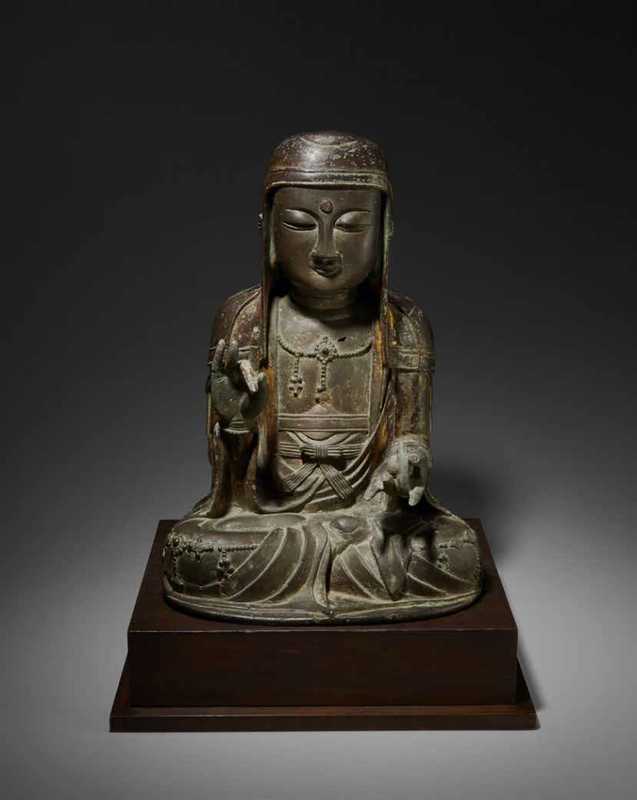

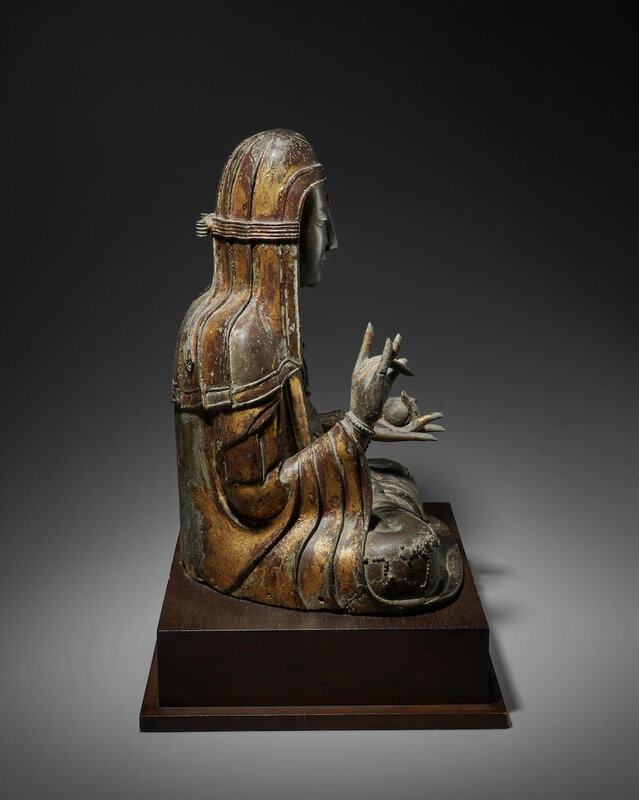

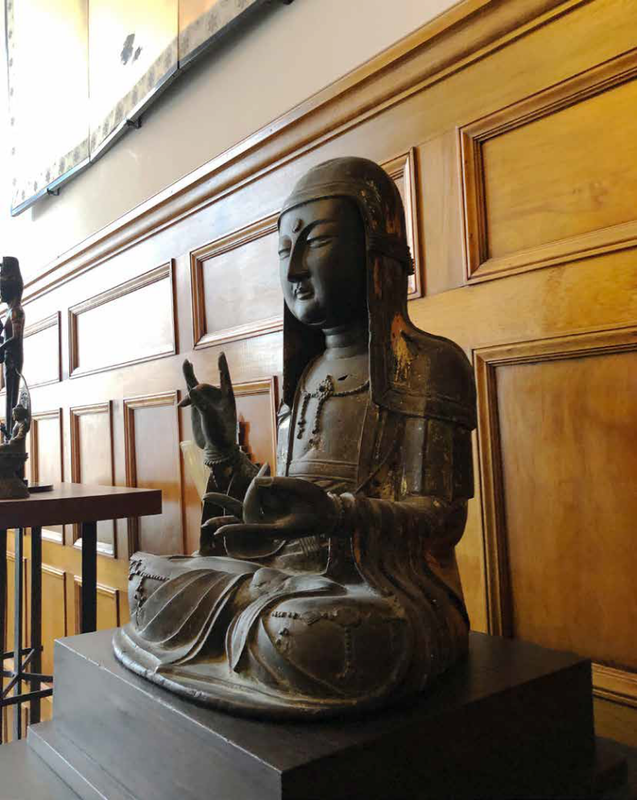
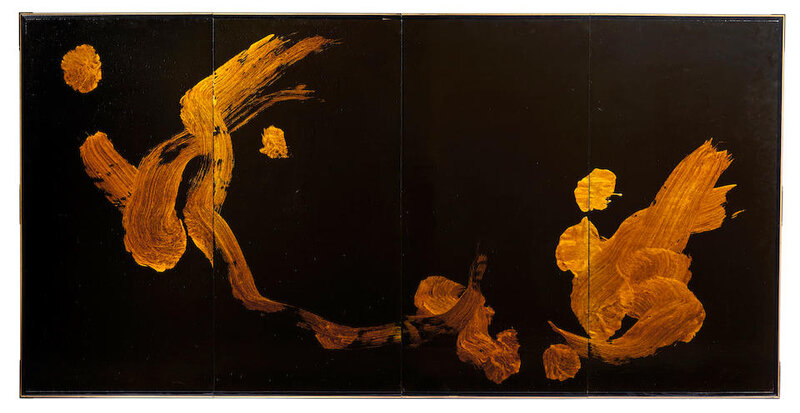
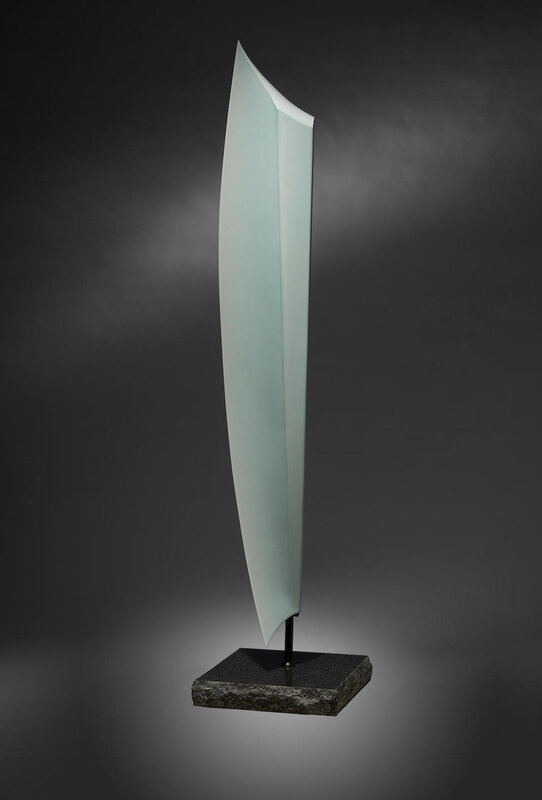



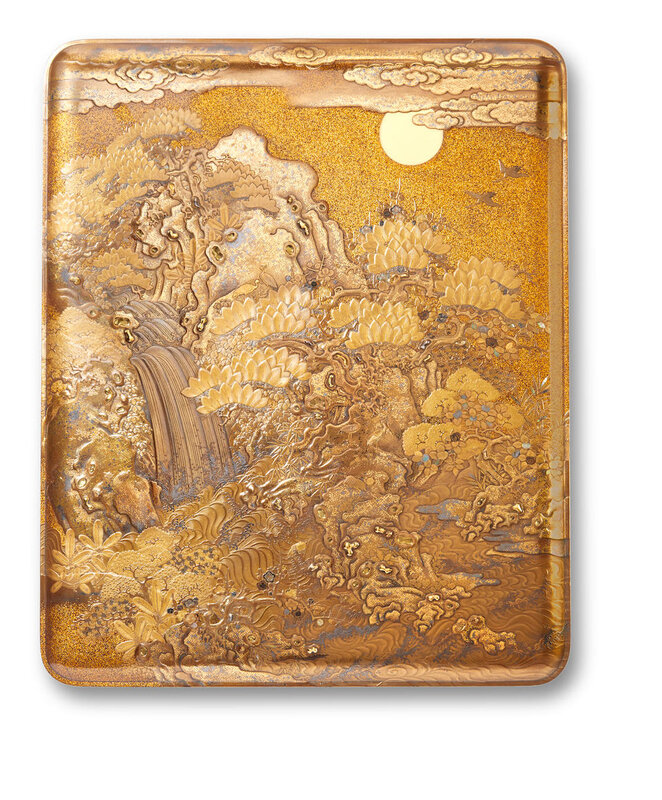





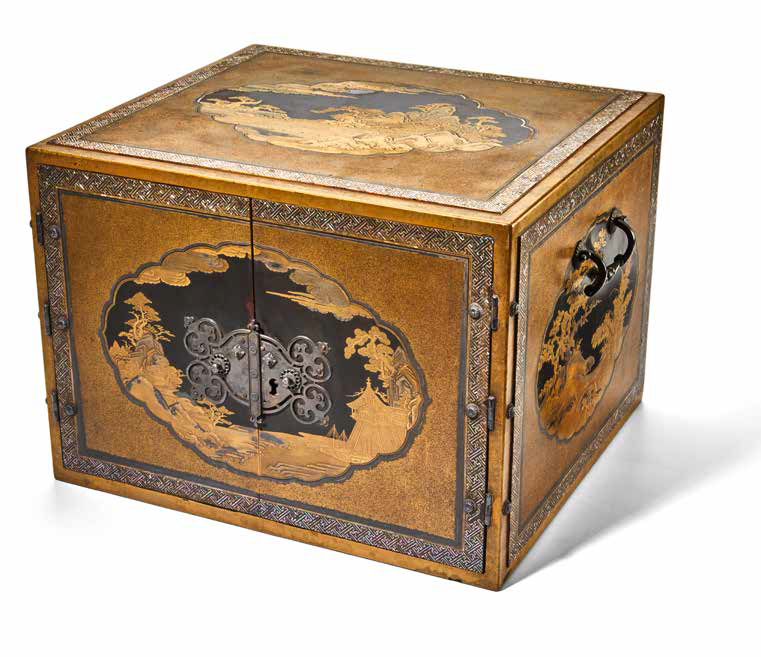




/http%3A%2F%2Fstorage.canalblog.com%2F13%2F37%2F119589%2F129550780_o.jpg)
/http%3A%2F%2Fstorage.canalblog.com%2F47%2F91%2F119589%2F110611313_o.jpg)
/http%3A%2F%2Fstorage.canalblog.com%2F36%2F15%2F119589%2F110611160_o.jpg)
/http%3A%2F%2Fstorage.canalblog.com%2F22%2F38%2F119589%2F110611054_o.jpg)